Like all classic GT cars, it combines enormous speed with comfort and the more you put into your driving, the more the car returns for your entertainment. And the DB5 really is entertaining to anyone who can exploit its outstanding performance, handling and brakes. It will also carry four people (just) and a fair amount of luggage so the merits of family transport (if need be) have not been entirely sacrificed to speed and elegant looks.' – Motor. Aston Martin's post-war evolution took a giant step forward with the launch of the DB4 in 1958. Classically proportioned, the Touring-designed body established an instantly recognisable look that would stand the marque in good stead until 1970. The engine was still an all-alloy twin-overhead-camshaft 'six' but the old W O Bentley-designed 3.0-litre unit had been superseded by a new design by Tadek Marek. Proven in racing before it entered production in the DB4, the new 3,670cc engine featured 'square' bore and stroke dimensions of 92x92mm and developed its maximum power of 240bhp at 5,500rpm. The David Brown gearbox was a new four-speed all-synchromesh unit. Touring's Superleggera body construction, which employed a lightweight tubular structure to support the aluminium-alloy body panels, was deemed incompatible with the DB2/4-type multi-tubular spaceframe, so engineer Harold Beach drew up an immensely-strong platform-type chassis. Independent front suspension was retained, the DB2/4's trailing links giving way to unequal-length wishbones, while at the rear the DB4 sported a live axle located by a Watts linkage instead of its predecessor's Panhard rod. Five series were built as the model gradually metamorphosed into the DB5, which thus represented a further evolution of the DB4 rather than the beginning of an entirely new model line. Introduced in July 1963, the Aston Martin DB5 boasted a 4.0-litre engine, this enlarged unit having been seen first in the Lagonda Rapide of 1961. Equipped with three SU carburettors, the '400' engine produced 282bhp at 5,500rpm and was mated to a four-speed/overdrive gearbox, a 'proper' ZF five-speed unit being standardised later. Outwardly there was little to distinguish the DB5 from the final Series 5 DB4 apart from twin fuel filler caps, though these had already appeared on some cars. Beneath the skin however, there were numerous improvements including alternator electrics, Girling disc brakes instead of Dunlops, Sundym glass, electric windows and an oil pressure gauge as standard equipment. From September 1964 the 314bhp, triple-Weber Vantage engine became available and was fitted to a total of 95 cars. The DB5 was also offered in convertible form (the 'Volante' name would not be applied to the soft-top Aston until the DB6's arrival) while independent coachbuilder Harold Radford offered a shooting brake conversion. 1,021 DB5s were manufactured between July 1963 and September 1965, a total that included 23 convertibles and 12 shooting brakes. This ultra-rare DB5 comes with a letter from Aston Martin company historian and archivist, the late Roger Stowers, confirming that it is one of only 17 left-hand drive examples completed with the Vantage engine. AML's accompanying build information lists the five-speed manual gearbox, chromed wire wheels, a Motorola radio, Fiamm horns and two Marchal fog lamps as original specification. The colour scheme is listed as Silver Birch with red Connolly leather interior. Chassis number '2217' was delivered new to Portugal via Mocar, remaining with its original owner until 1991 when it was purchased from his widow by the current vendor. The car was restored in 1992, retaining the original interior, and has covered 76,419 kilometres from new (see restoration photographs on file). Deux propriétaires depuis l'origine, une de 17 produites « Comme toutes les GT classiques, elle joint le confort à la très haute vitesse et plus on la pilote, plus la voiture vous récompense. La DB5 est vraiment gratifiante pour quiconque est e
Like all classic GT cars, it combines enormous speed with comfort and the more you put into your driving, the more the car returns for your entertainment. And the DB5 really is entertaining to anyone who can exploit its outstanding performance, handling and brakes. It will also carry four people (just) and a fair amount of luggage so the merits of family transport (if need be) have not been entirely sacrificed to speed and elegant looks.' – Motor. Aston Martin's post-war evolution took a giant step forward with the launch of the DB4 in 1958. Classically proportioned, the Touring-designed body established an instantly recognisable look that would stand the marque in good stead until 1970. The engine was still an all-alloy twin-overhead-camshaft 'six' but the old W O Bentley-designed 3.0-litre unit had been superseded by a new design by Tadek Marek. Proven in racing before it entered production in the DB4, the new 3,670cc engine featured 'square' bore and stroke dimensions of 92x92mm and developed its maximum power of 240bhp at 5,500rpm. The David Brown gearbox was a new four-speed all-synchromesh unit. Touring's Superleggera body construction, which employed a lightweight tubular structure to support the aluminium-alloy body panels, was deemed incompatible with the DB2/4-type multi-tubular spaceframe, so engineer Harold Beach drew up an immensely-strong platform-type chassis. Independent front suspension was retained, the DB2/4's trailing links giving way to unequal-length wishbones, while at the rear the DB4 sported a live axle located by a Watts linkage instead of its predecessor's Panhard rod. Five series were built as the model gradually metamorphosed into the DB5, which thus represented a further evolution of the DB4 rather than the beginning of an entirely new model line. Introduced in July 1963, the Aston Martin DB5 boasted a 4.0-litre engine, this enlarged unit having been seen first in the Lagonda Rapide of 1961. Equipped with three SU carburettors, the '400' engine produced 282bhp at 5,500rpm and was mated to a four-speed/overdrive gearbox, a 'proper' ZF five-speed unit being standardised later. Outwardly there was little to distinguish the DB5 from the final Series 5 DB4 apart from twin fuel filler caps, though these had already appeared on some cars. Beneath the skin however, there were numerous improvements including alternator electrics, Girling disc brakes instead of Dunlops, Sundym glass, electric windows and an oil pressure gauge as standard equipment. From September 1964 the 314bhp, triple-Weber Vantage engine became available and was fitted to a total of 95 cars. The DB5 was also offered in convertible form (the 'Volante' name would not be applied to the soft-top Aston until the DB6's arrival) while independent coachbuilder Harold Radford offered a shooting brake conversion. 1,021 DB5s were manufactured between July 1963 and September 1965, a total that included 23 convertibles and 12 shooting brakes. This ultra-rare DB5 comes with a letter from Aston Martin company historian and archivist, the late Roger Stowers, confirming that it is one of only 17 left-hand drive examples completed with the Vantage engine. AML's accompanying build information lists the five-speed manual gearbox, chromed wire wheels, a Motorola radio, Fiamm horns and two Marchal fog lamps as original specification. The colour scheme is listed as Silver Birch with red Connolly leather interior. Chassis number '2217' was delivered new to Portugal via Mocar, remaining with its original owner until 1991 when it was purchased from his widow by the current vendor. The car was restored in 1992, retaining the original interior, and has covered 76,419 kilometres from new (see restoration photographs on file). Deux propriétaires depuis l'origine, une de 17 produites « Comme toutes les GT classiques, elle joint le confort à la très haute vitesse et plus on la pilote, plus la voiture vous récompense. La DB5 est vraiment gratifiante pour quiconque est e

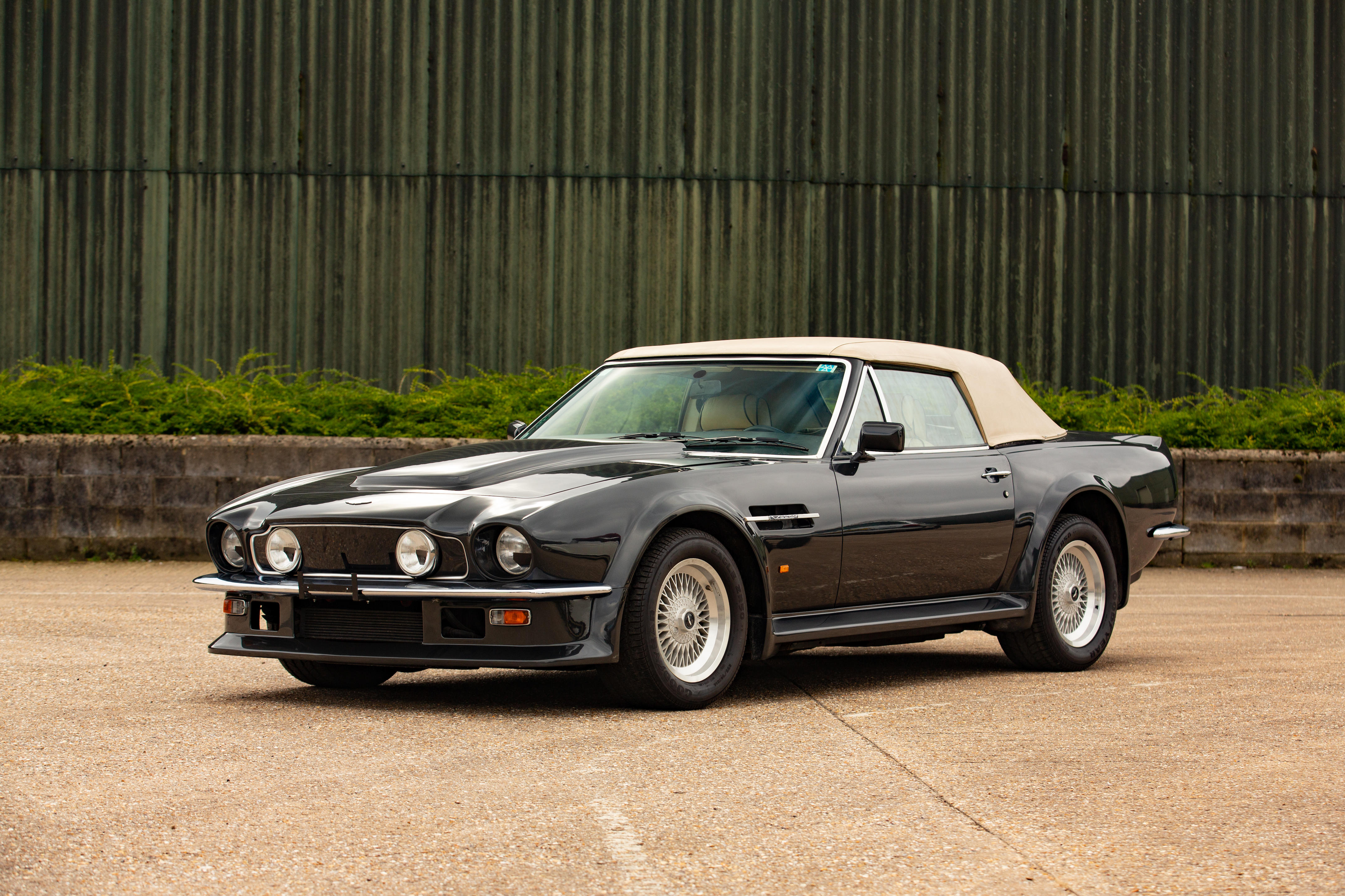


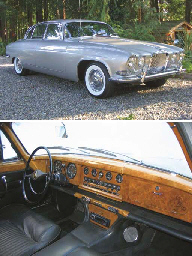
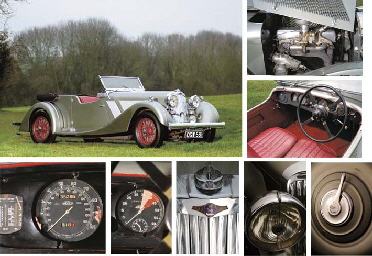



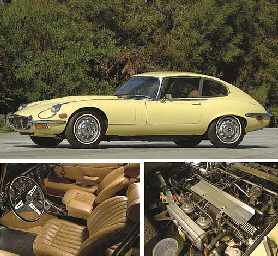


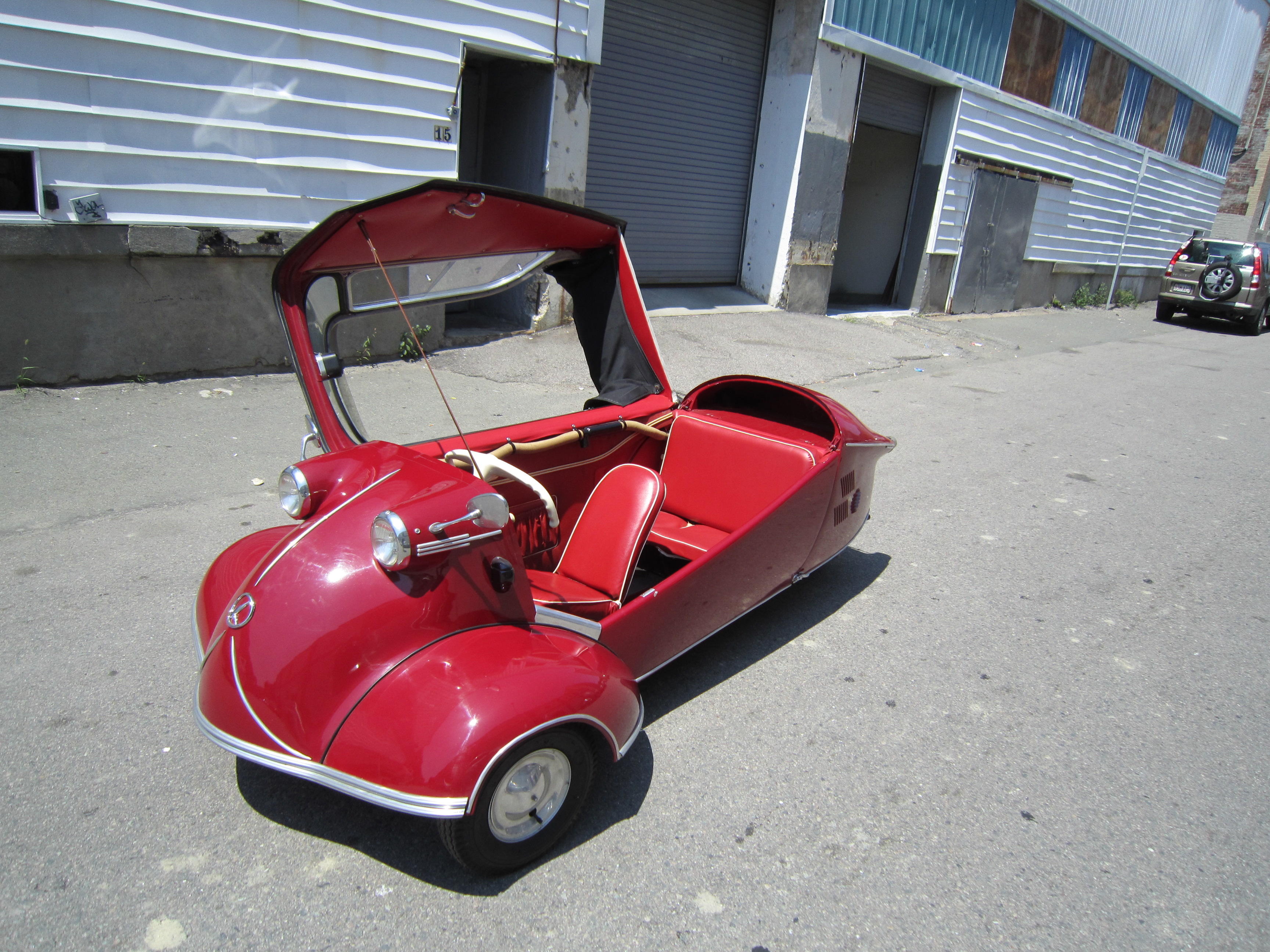

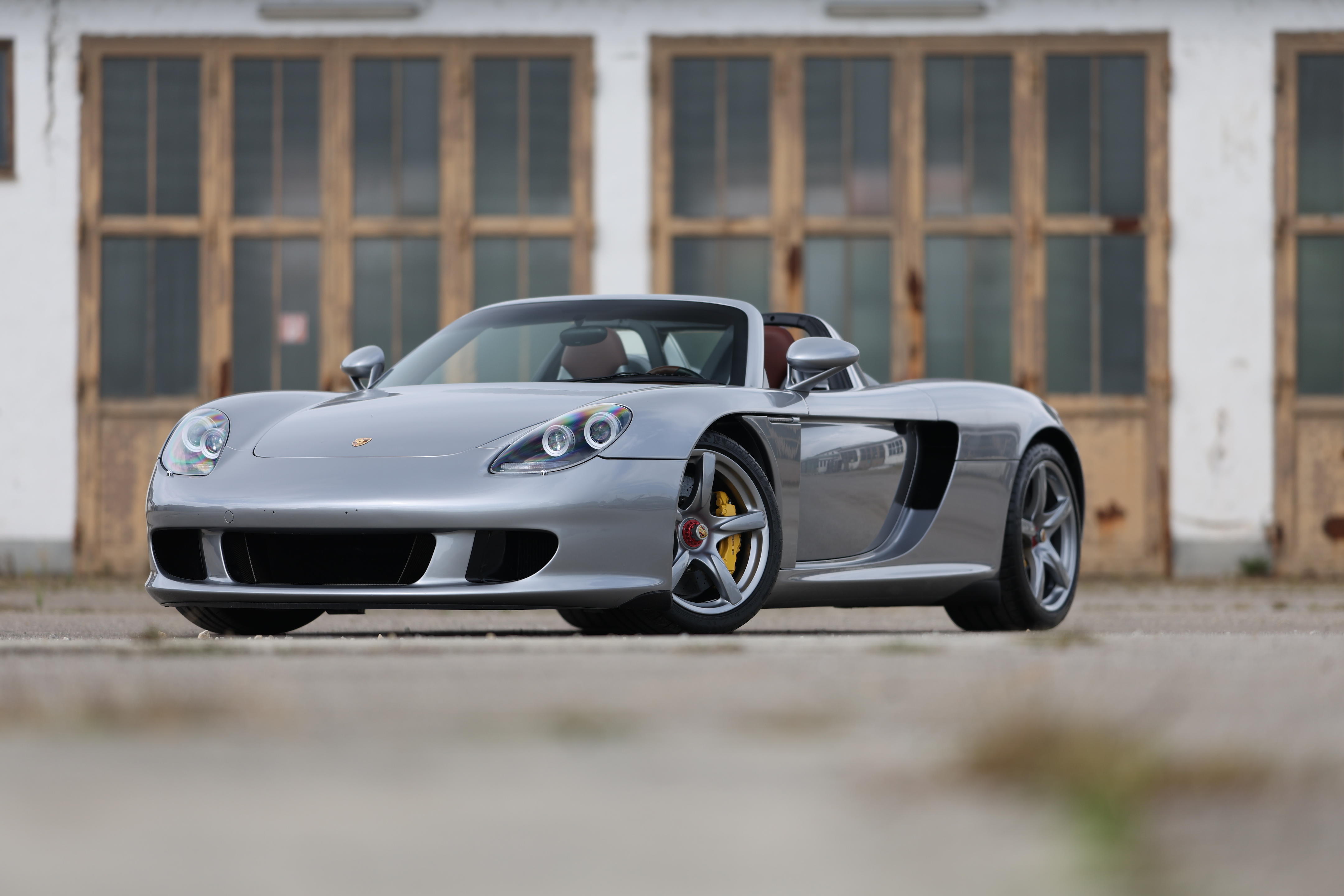
Testen Sie LotSearch und seine Premium-Features 7 Tage - ohne Kosten!
Lassen Sie sich automatisch über neue Objekte in kommenden Auktionen benachrichtigen.
Suchauftrag anlegen